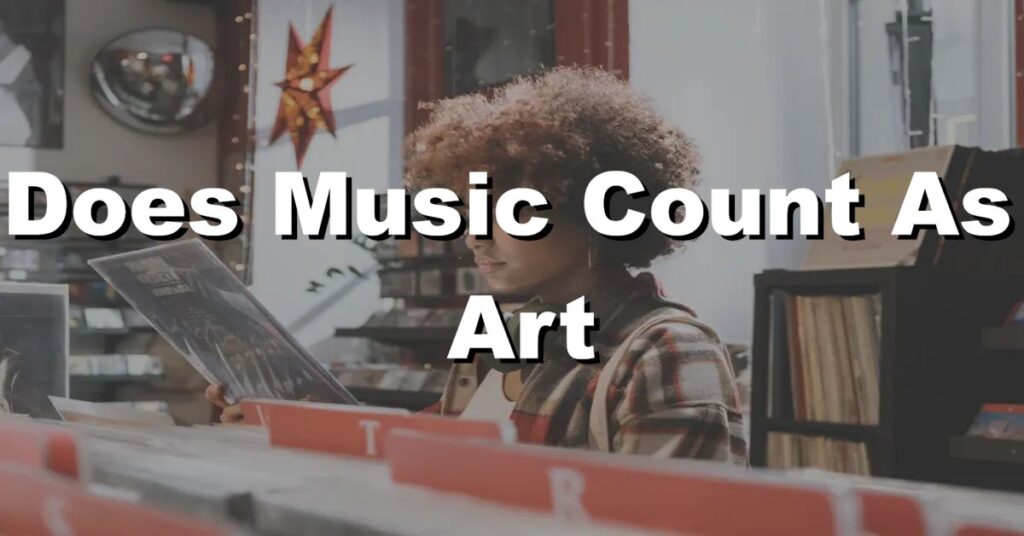Music is often referred to as an art form, but does it truly qualify as such?
In this article, we’ll explore what constitutes art, the history of music as an art form, and why music is indeed a legitimate form of artistic expression.
What Makes Music a Form of Art
Music is widely recognized as a form of art due to its ability to express emotions, convey meaning, and evoke powerful responses from listeners.
Like other art forms, music is a creative and imaginative endeavor that involves the deliberate arrangement of sounds, rhythms, melodies, and harmonies. It allows artists to communicate their thoughts, ideas, and experiences through a unique medium of sonic expression.
Music possesses aesthetic qualities that can captivate, inspire, and provoke introspection. Its ability to transcend language barriers and connect with diverse audiences further underscores its artistic nature.
Music vs. Other Art Forms: Similarities and Differences
While music shares similarities with other art forms, such as painting, sculpture, literature, and dance, it also possesses distinct characteristics that set it apart.
Like visual arts, music has the capacity to elicit emotional responses and convey meaning. However, unlike static visual arts, music unfolds through time, utilizing elements such as rhythm, tempo, and dynamics to create a dynamic and immersive experience.
Additionally, music has a unique ability to stimulate multiple senses simultaneously, engaging both auditory perception and emotional resonance.
The History of Music as an Art Form
The history of music as an art form spans across cultures and civilizations, with evidence of musical expression dating back thousands of years. Throughout history, music has served various purposes, including religious rituals, storytelling, entertainment, and cultural preservation.
The development of musical notation systems and the emergence of composers and performers as recognized artists contributed to the formalization and recognition of music as an art form. From classical compositions to folk traditions, jazz, rock, and contemporary genres, music continues to evolve and adapt, reflecting the cultural, social, and artistic trends of different eras.
The Cultural Significance of Music as Art
Music holds immense cultural significance, acting as a powerful means of cultural expression and identity. It has the ability to encapsulate the values, beliefs, and experiences of a particular community or society.
Music plays a vital role in cultural rituals, celebrations, and ceremonies, acting as a unifying force that brings people together. It has the power to transcend borders and foster cross-cultural understanding, serving as a universal language that resonates with individuals from diverse backgrounds.
Through music, cultural traditions are preserved, narratives are shared, and social commentary is expressed, making it an integral part of human culture and heritage.
Exploring the Creative Process of Music-Making
The creative process of music-making involves a combination of inspiration, skill, and craftsmanship. It begins with the spark of an idea or an emotional impulse that the artist seeks to convey through sound. Artists draw from their technical expertise, musical knowledge, and personal experiences to compose melodies, harmonies, and lyrics that capture the essence of their artistic vision.
The process may involve experimentation, improvisation, collaboration, and refinement until the desired musical expression is achieved. From composing and arranging to performing and recording, each step in the creative process contributes to the final artistic product, allowing musicians to share their unique perspectives and evoke emotions through the medium of music.
Conclusion
In conclusion, music is considered an art form and is recognized as such in various art institutions worldwide.
Like other art forms, music involves creativity, expression, and skill. It has the power to evoke emotions, tell stories, and connect people from all walks of life.

